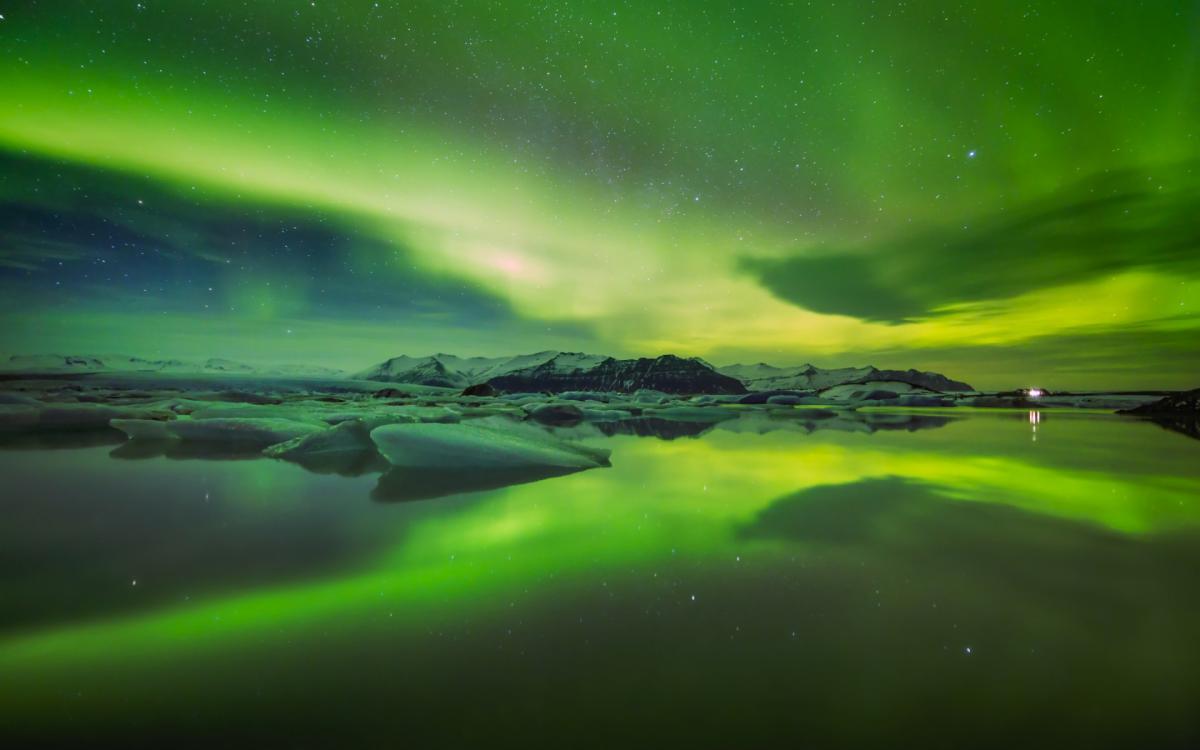
What is the aurora borealis?
According to the Roman mythology, Aurora was the goddess of dawn. Since dawns usually symbolize a new fresh start, auroras’ main glowing color is green- the metaphor of freshness. Auroras can be observed either on the northern hemisphere(these are called “Aurora Borealis” or the northern lights), or on the southern hemisphere(these are called “Aurora Australis” or the southern lights). The explanation of aurora occurrences has to do with the collision of electrically charged particles coming from the sun, and on entering the earth’s atmosphere these particles interact with gases like oxygen and nitrogen. The Aurora is an incredible light show caused by collisions between electrically charged particles released from the sun that enter the earth’s atmosphere and collide with gases such as oxygen and nitrogen. Either of the two auroras can be seen over the magnetic poles of both northern and southern hemisphere. The auroras have regular patterns of shapes, ranging from patches of light to incredible streamers, majestic arcs, rippling curtains, or flashing rays of glowing light. As it was mentioned before, the main auroral hue is green. Nonetheless, vivid colors such as red, pink, yellow, violet and blue are also quite common. The various display of auroral colors is due to the type and altitude of the colliding gases. Oxygen molecules poised at 60 miles up above the earth, cause the main greenish color. The higher positioned oxygen, which collides with the electrically charged particles as high as 200 miles above the earth, gives rise to the less common red auroras. Blue and violet auroras are produced by nitrogen gases.
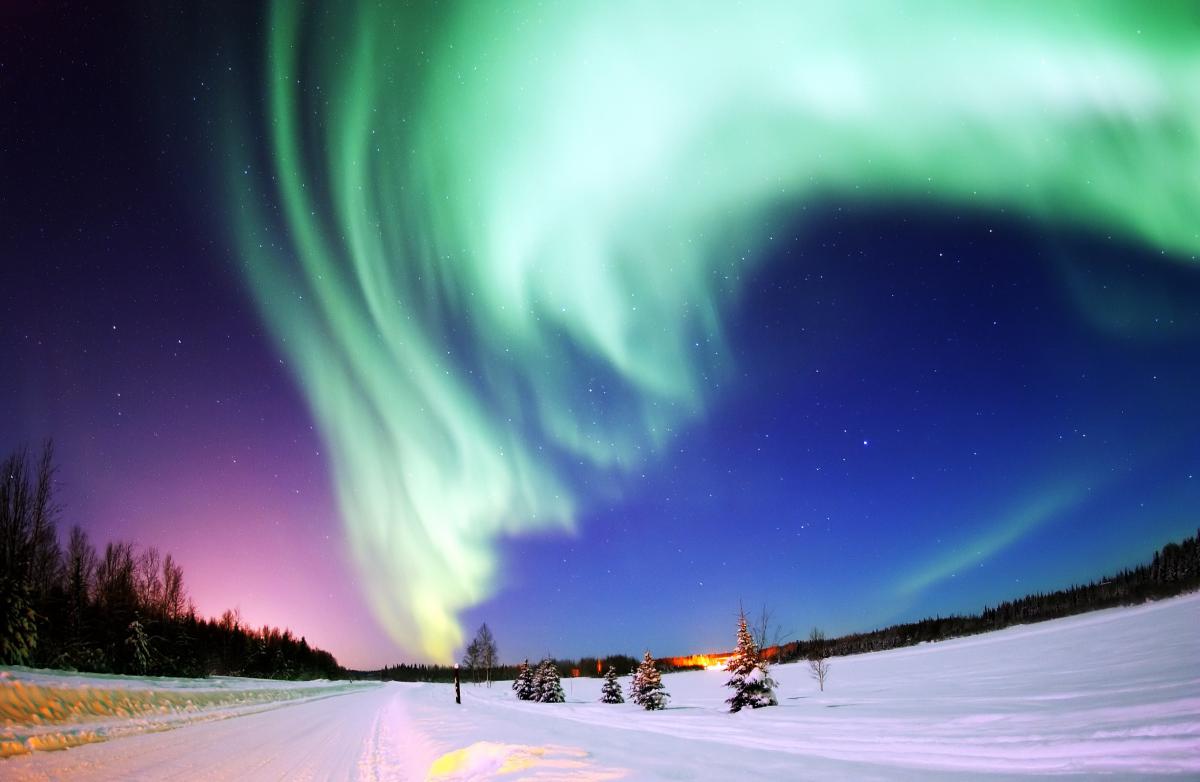
How do charged particles from the sun get to earth?
A sunspot, or a very large opening in the sun’s atmosphere, is needed so that a great number of electrons and protons flow out. It is then via the solar wind that these charged particles reach the earth, and the earth’s magnetic field causes their deflection. As the magnetic field at both the southern and the northern pole is considerably weaker, the particles from the sun are easily allowed in, and they start to interact with oxygen and nitrogen. Such interactions lead to the emission of glowing light, which resembles mysterious movements- these are the auroral dancing lights.
The altitude at which auroral occurrences are observed varies from 80 km(50 miles)-at the lowest, and 640 km(400 miles) at the highest above the earth’s surface.
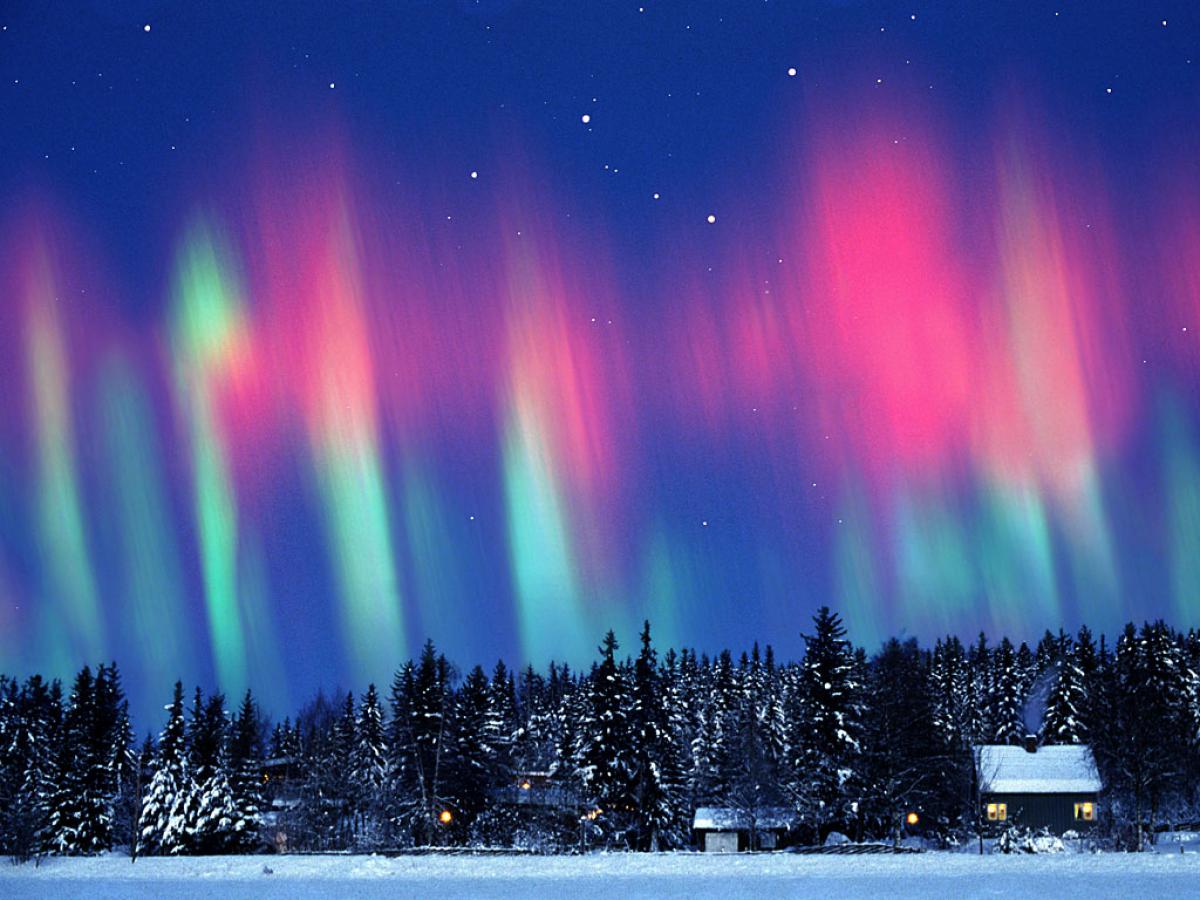
What’s the best location for the aurora show?
The chances of observing aurora are getting better and better if you move as closer to the magnetic poles as possible. Antarctica is the homeland of the southern magnetic pole, thus, mostly scientists are likely to enjoy the Aurora Australis. However, in cases of strong storms of the sun, the southern lights can be viewed if you go south of Australia. Because of their more favorable location, the northern lights can be seen by ordinary people who are heading for the northern areas of North America and Europe. The northwestern parts of Canada(north America), namely the Yukon territory, Nunavut, Northwest Territories and Alaska are the most appropriate vicinities where the auroral displays can be relished. In Europe, the best aurora performances can be enjoyed from Norway, Sweden and Finland. Iceland, Greenland, and the coastal areas of northern Siberia can also provide a spectacular auroral display.
No matter which territory you choose for the northern lights show, the light pollution should also be taken into account. The proximity to the northern pole is not the only condition to be met if you are willing to see the lights. The best places for the show are usually rural areas, away from artificial lights, where the skies are open and free from light pollution. Any kind of electrically charged lights and flashes can ruin the spectacular experience of the dancing aurora lights.
Cloudy skies are quite unfavorable, since clouds obscure the visibility of the incredible Aurora mysteries.
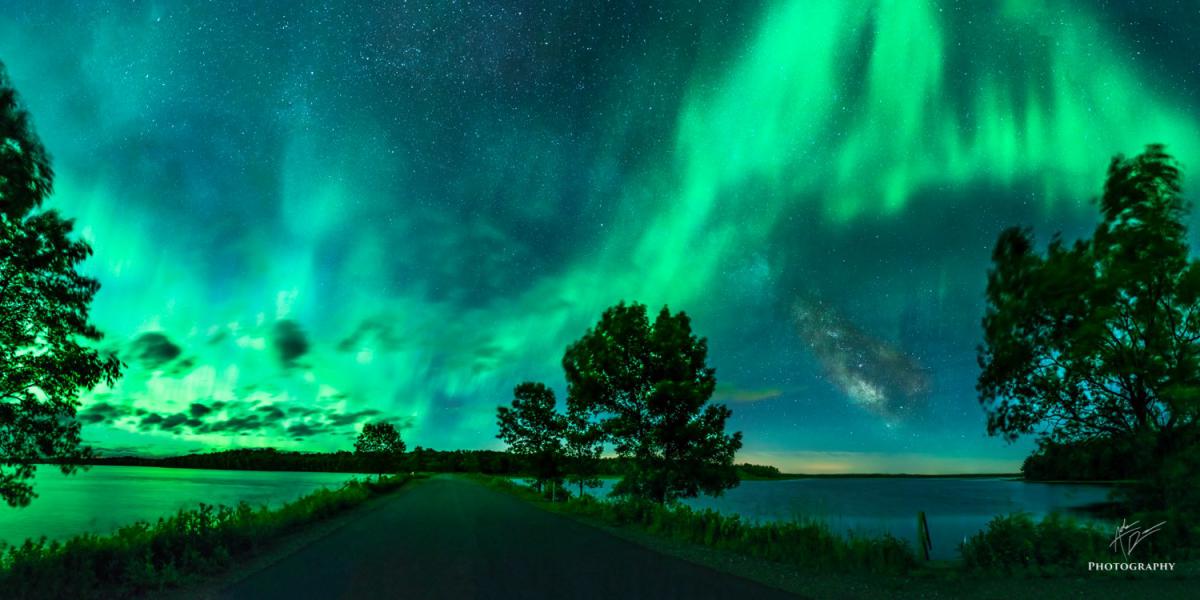
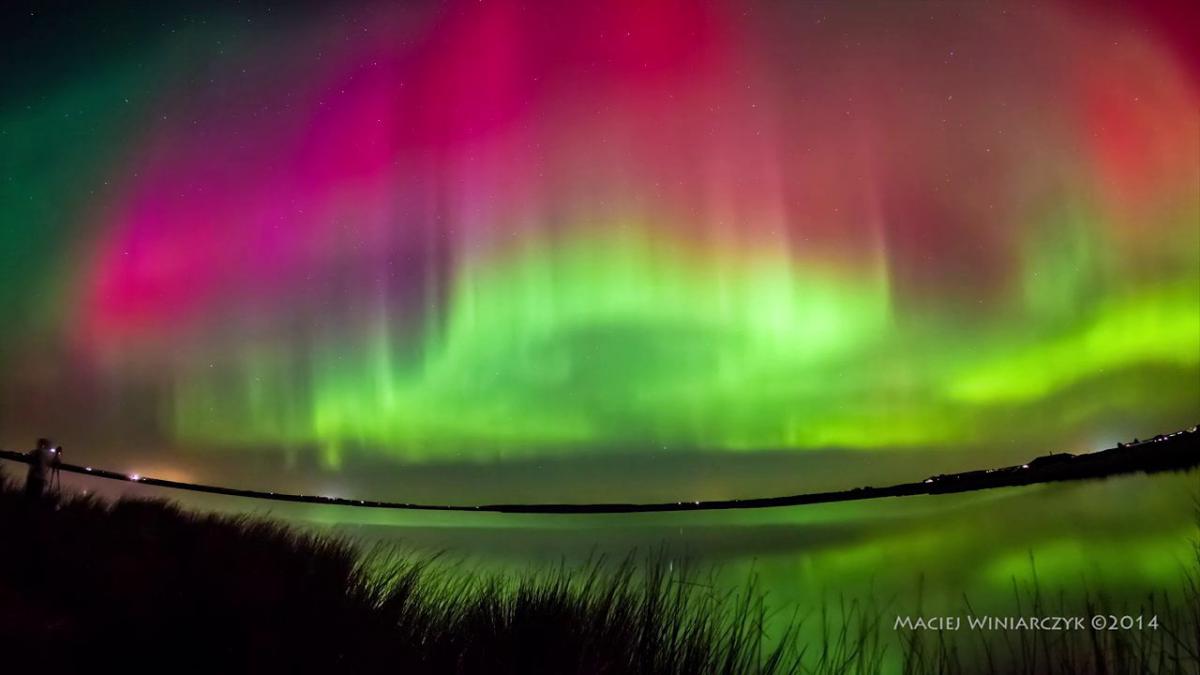
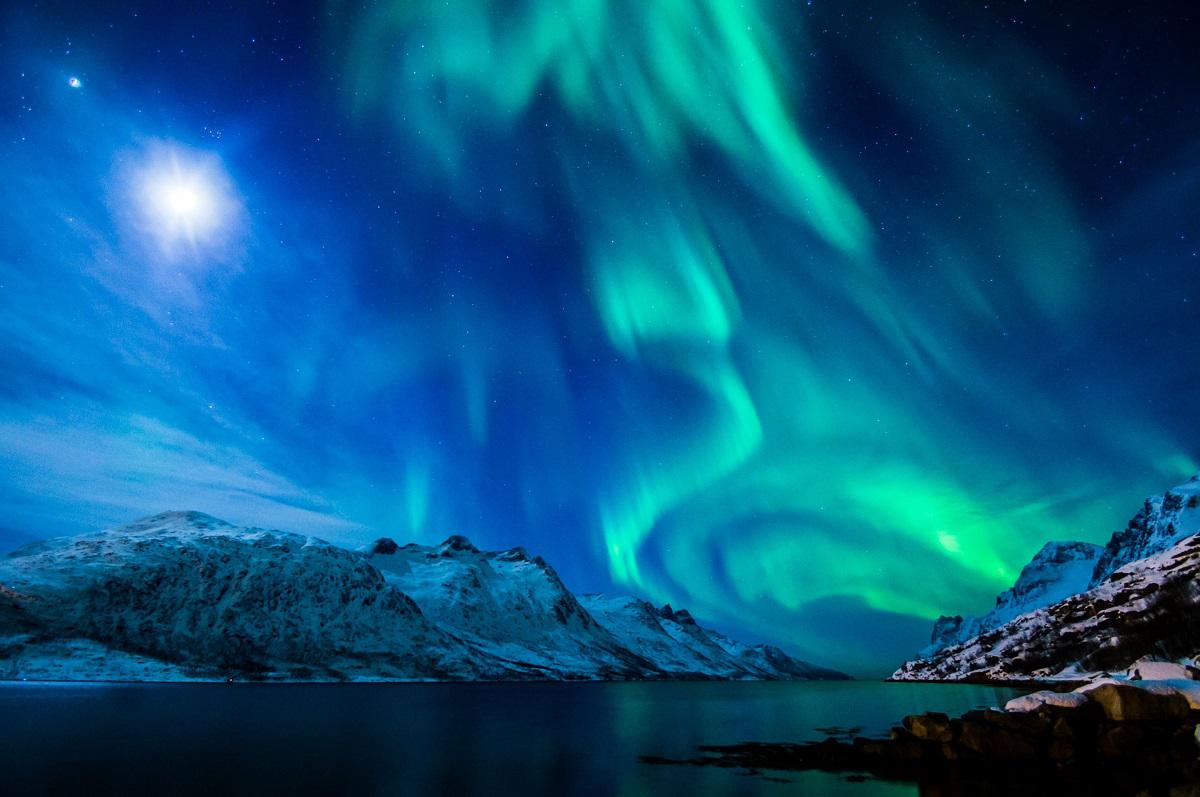
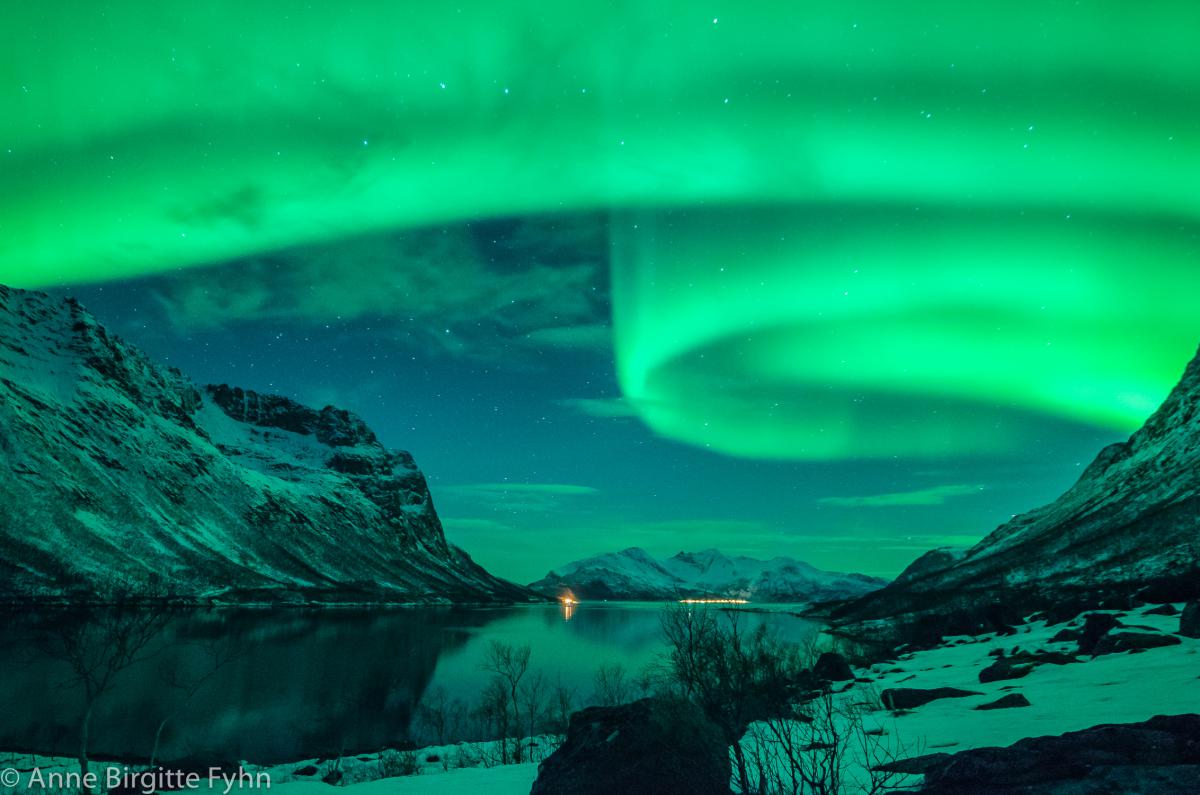
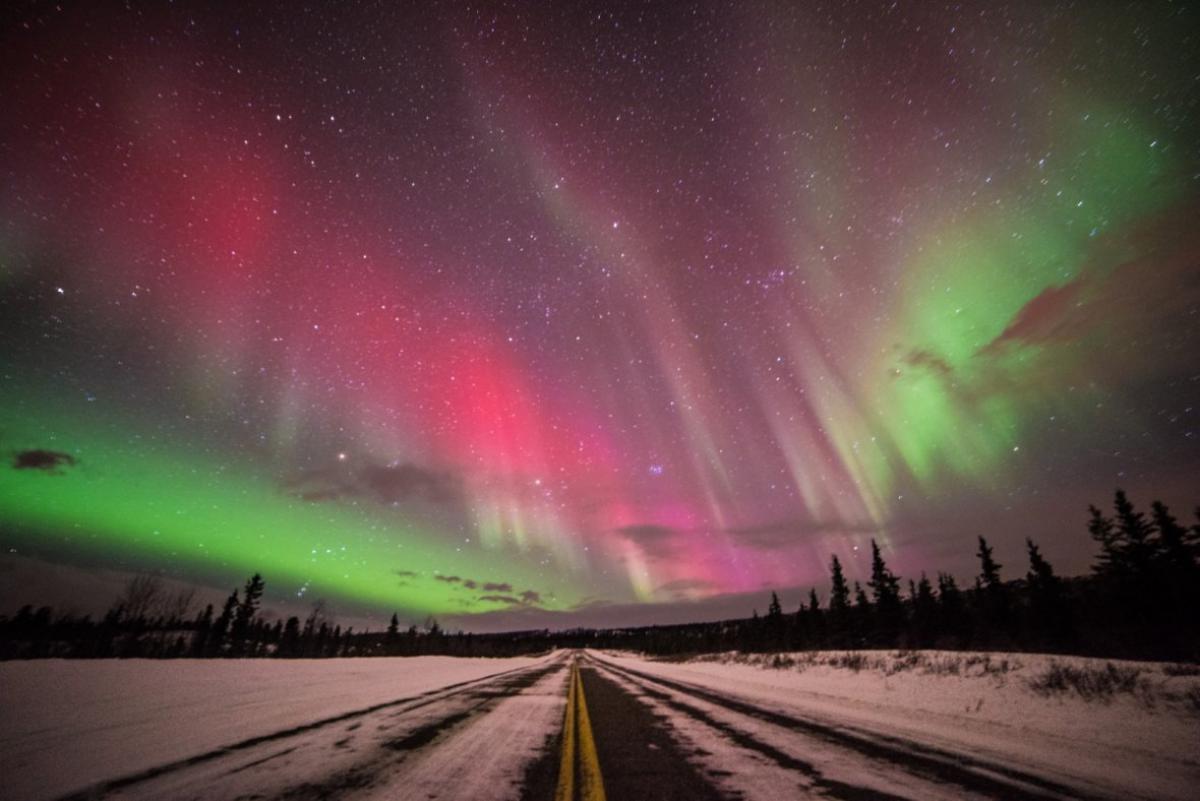
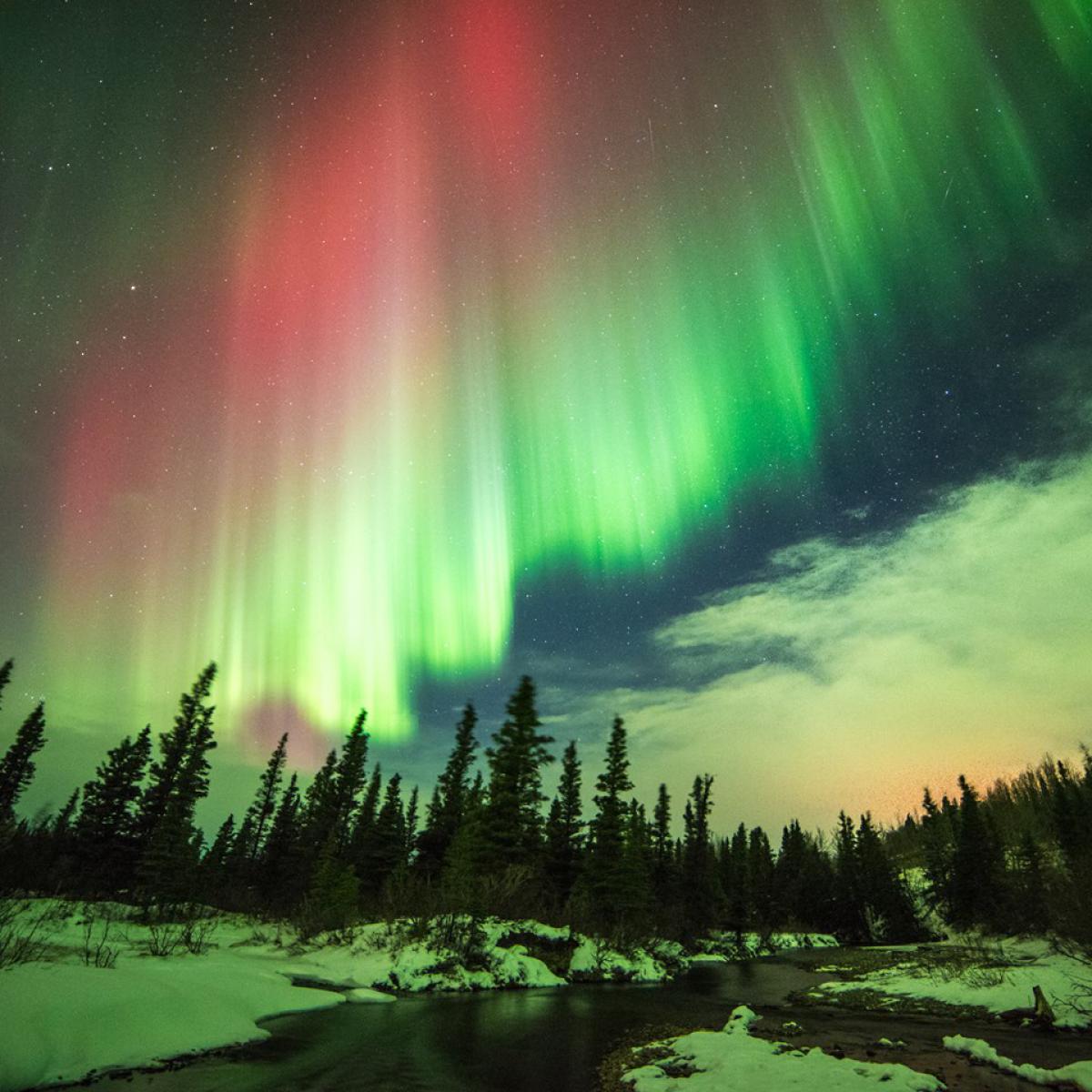
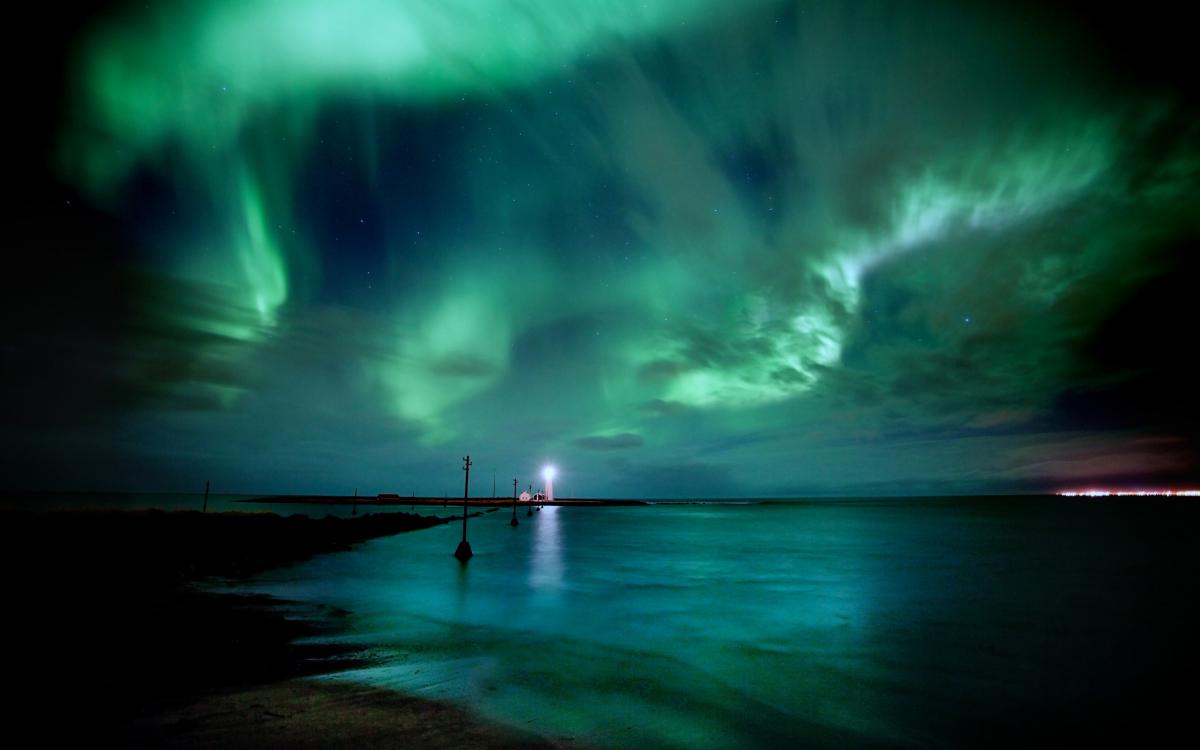
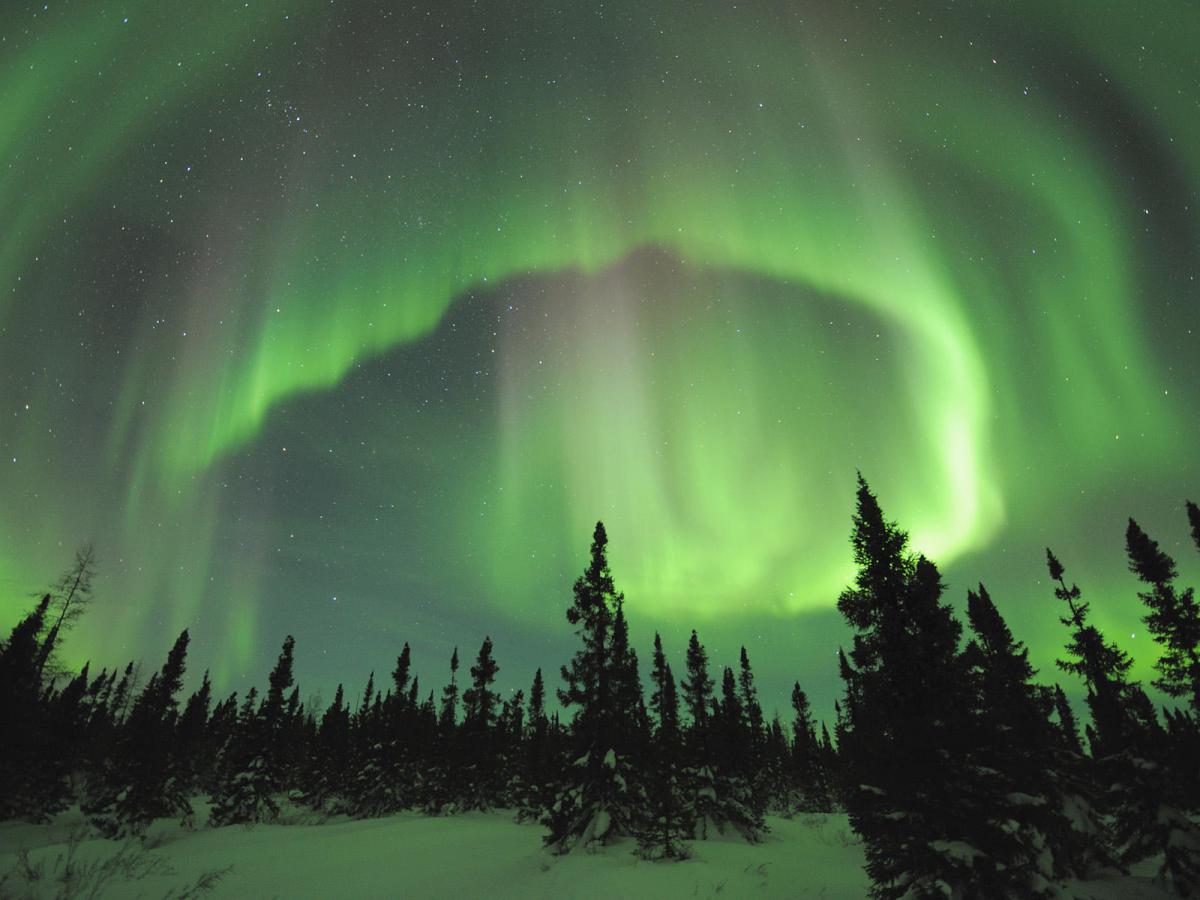
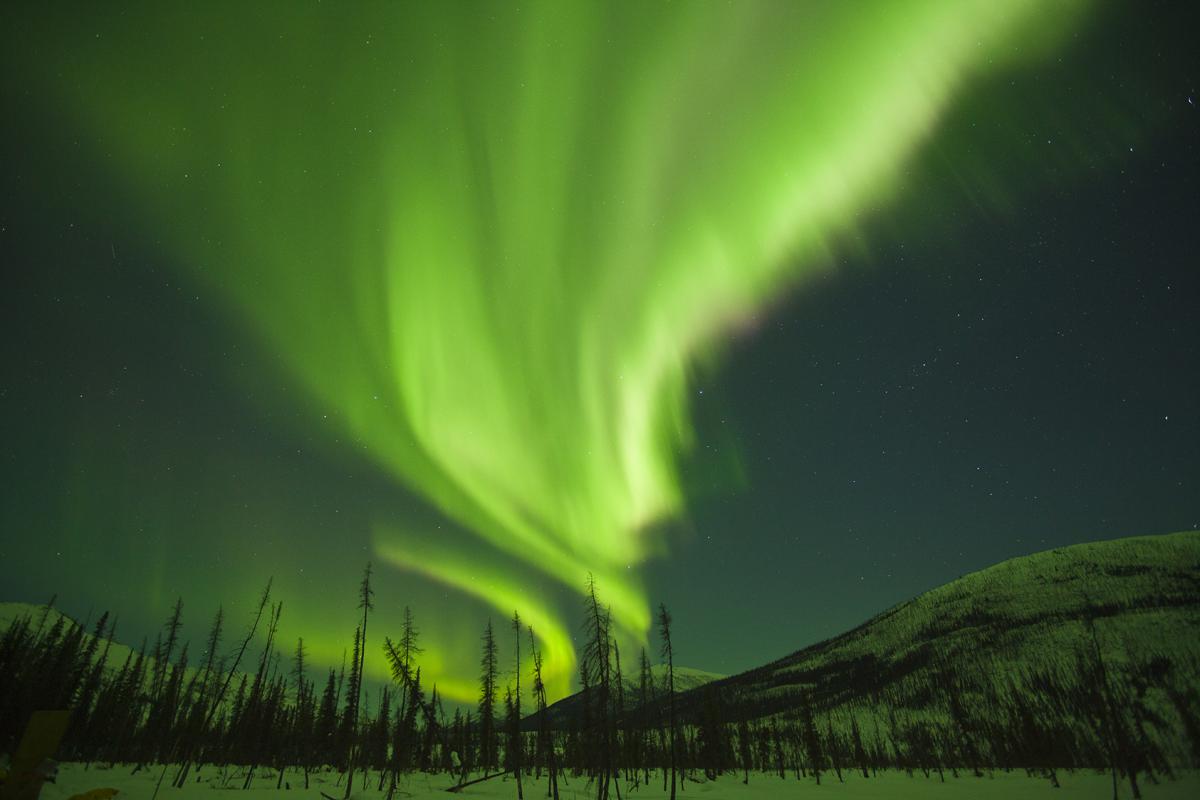
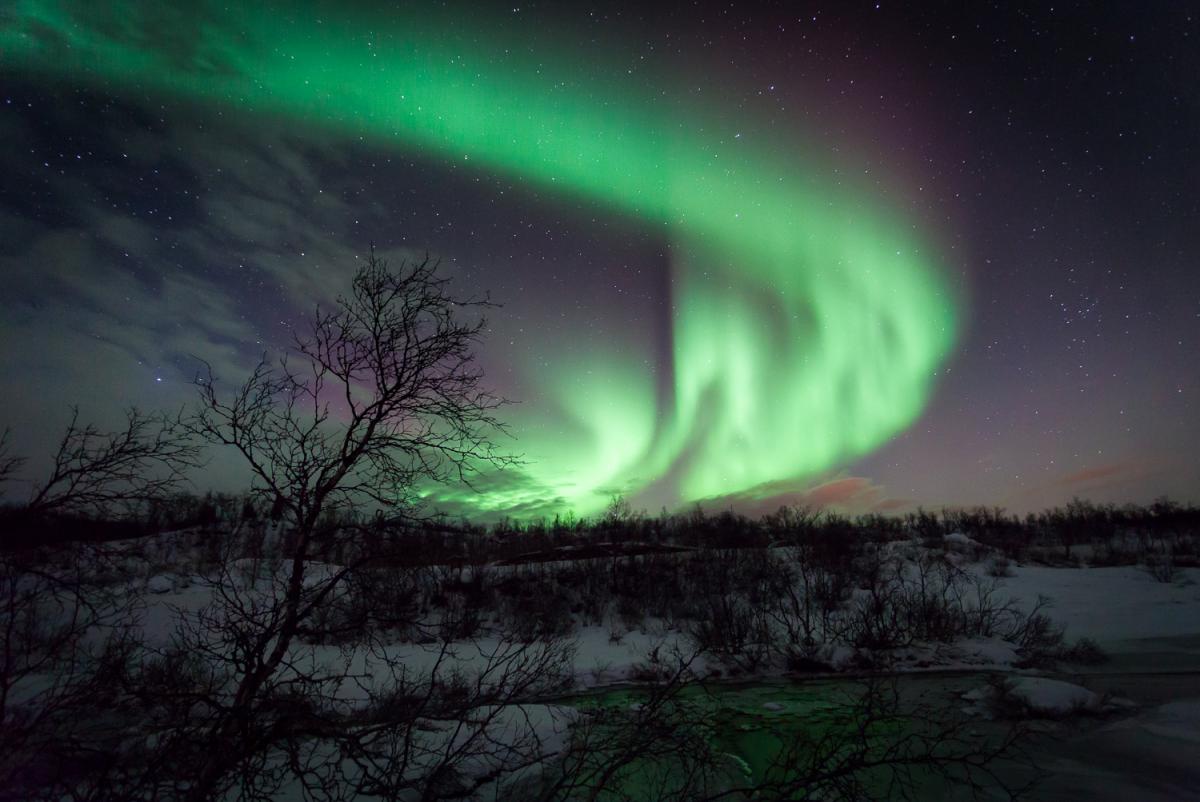
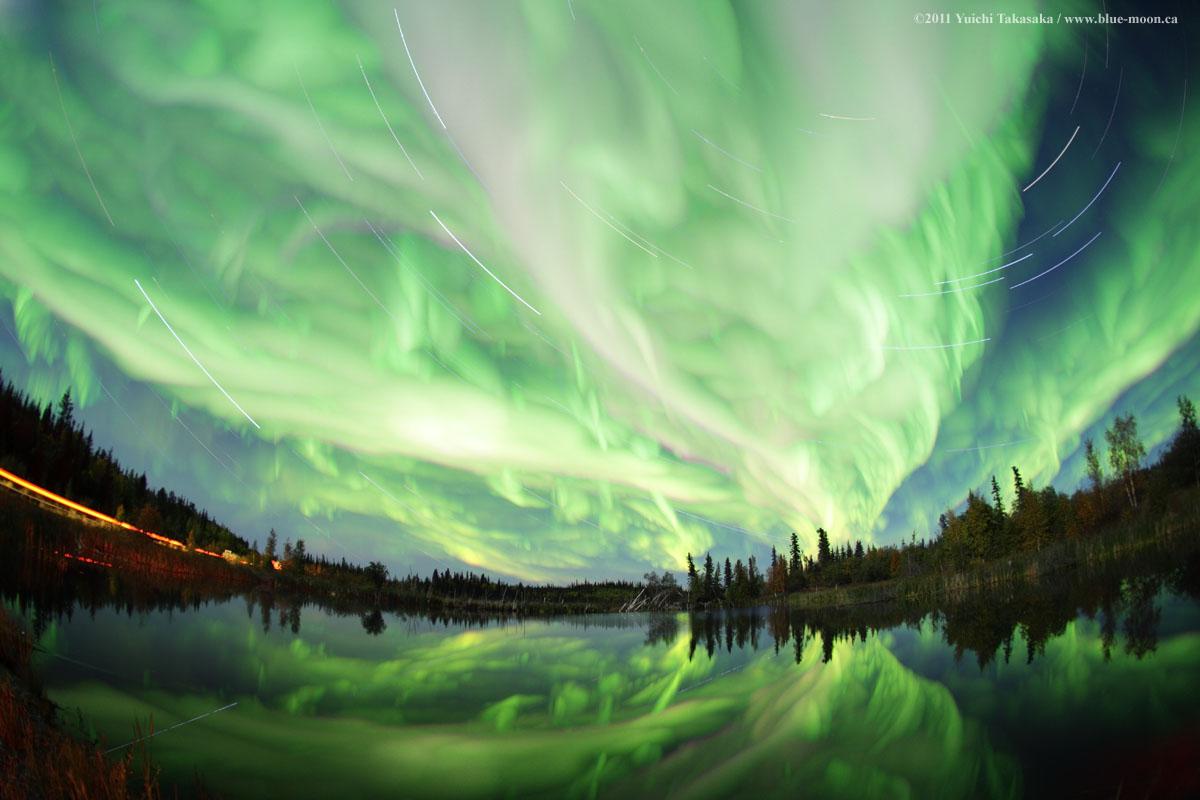
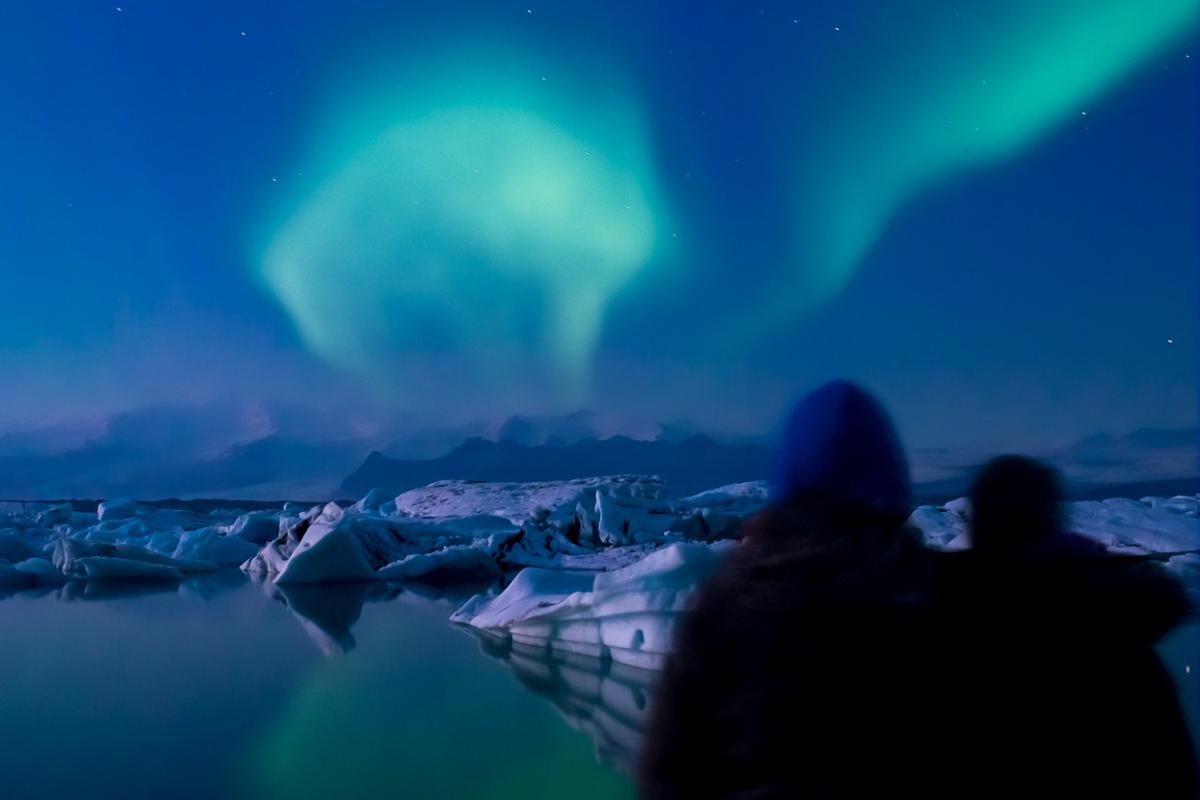
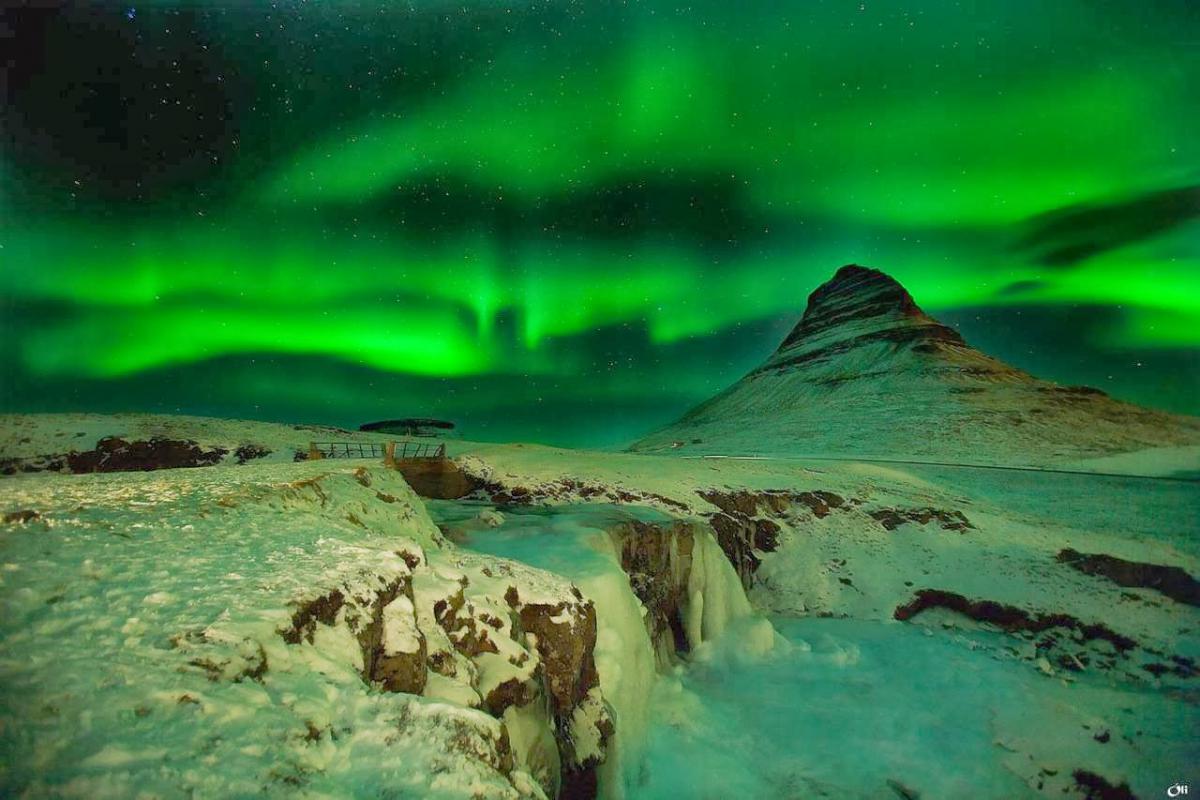
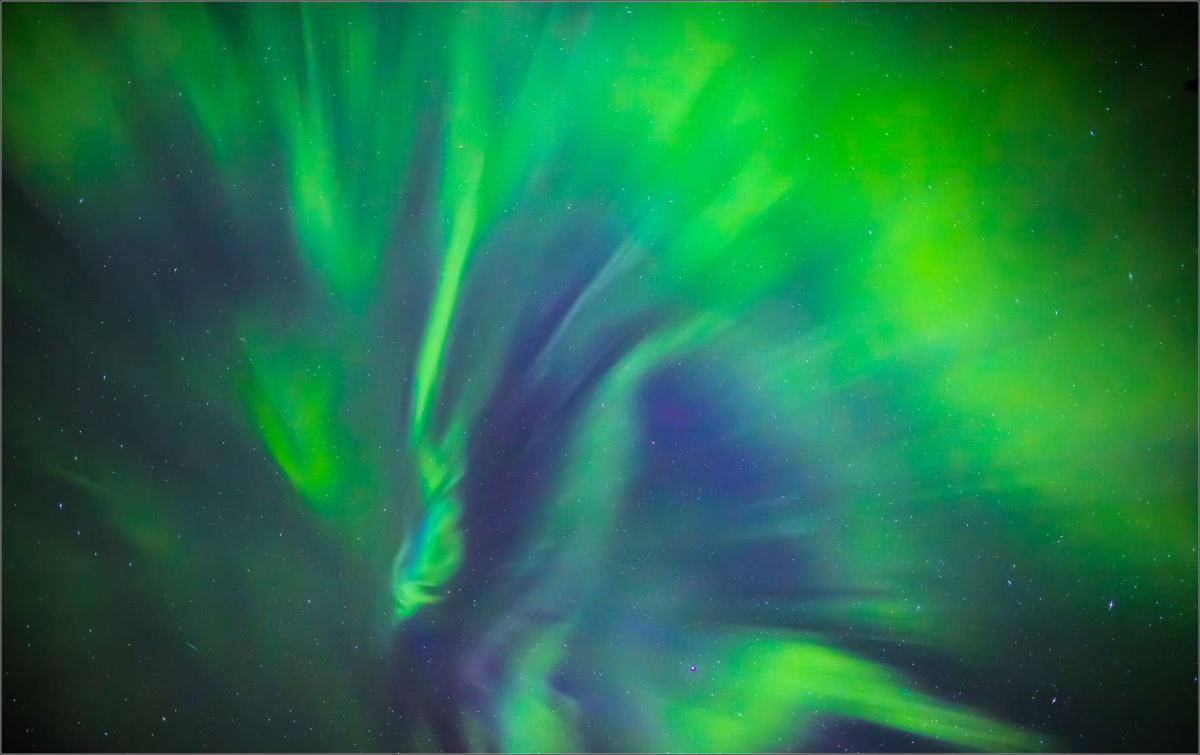
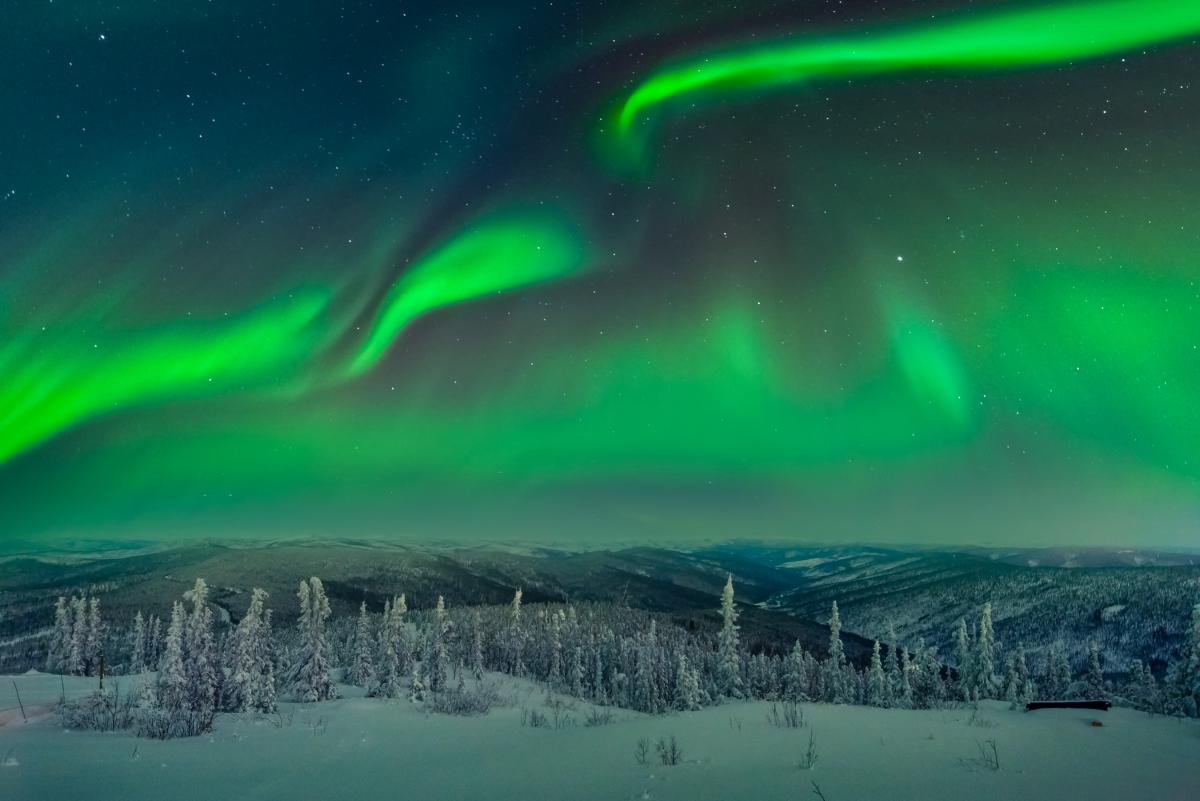
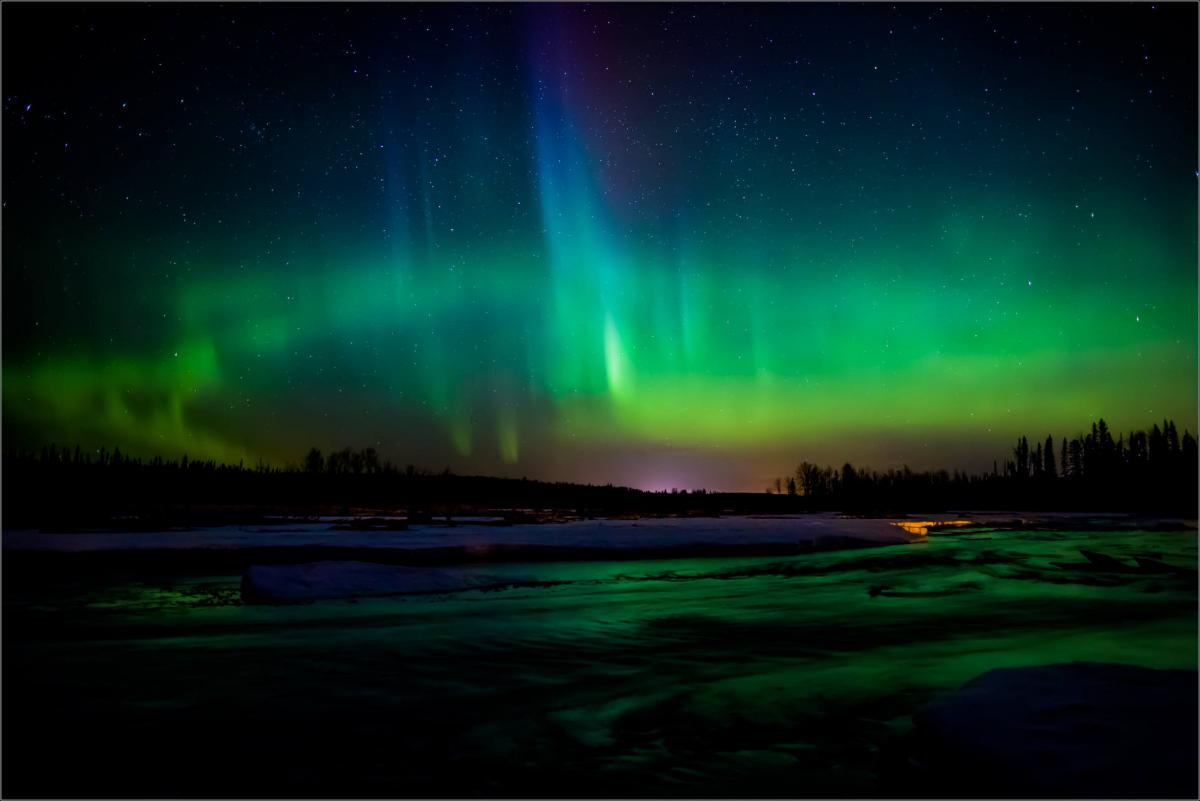
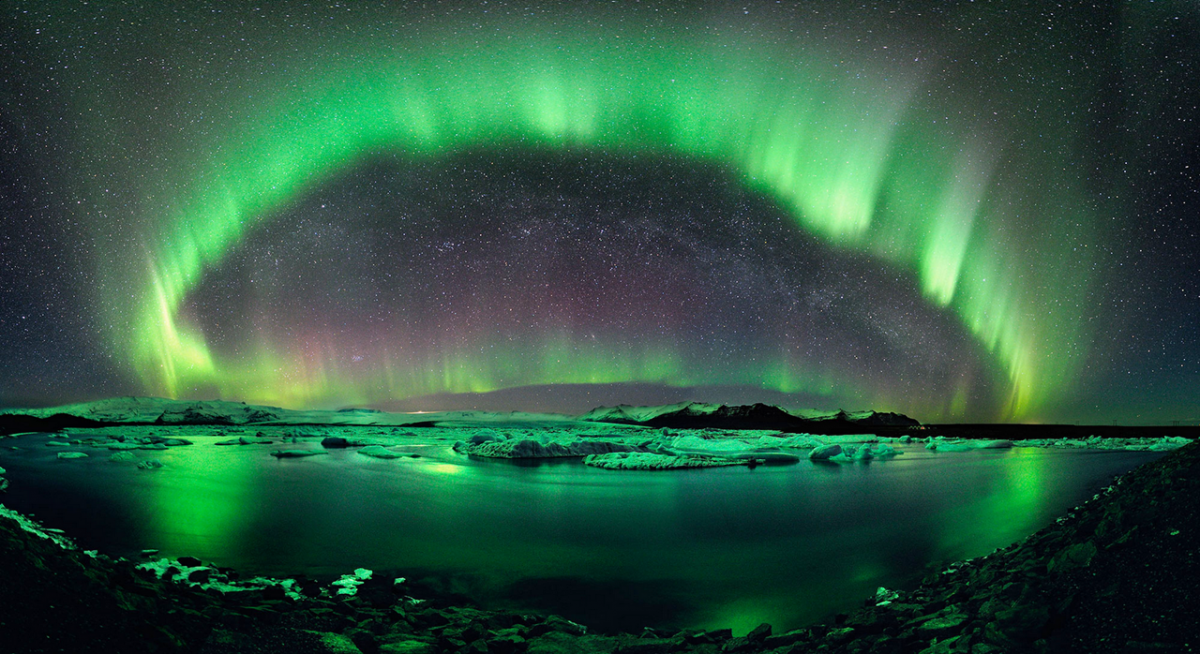
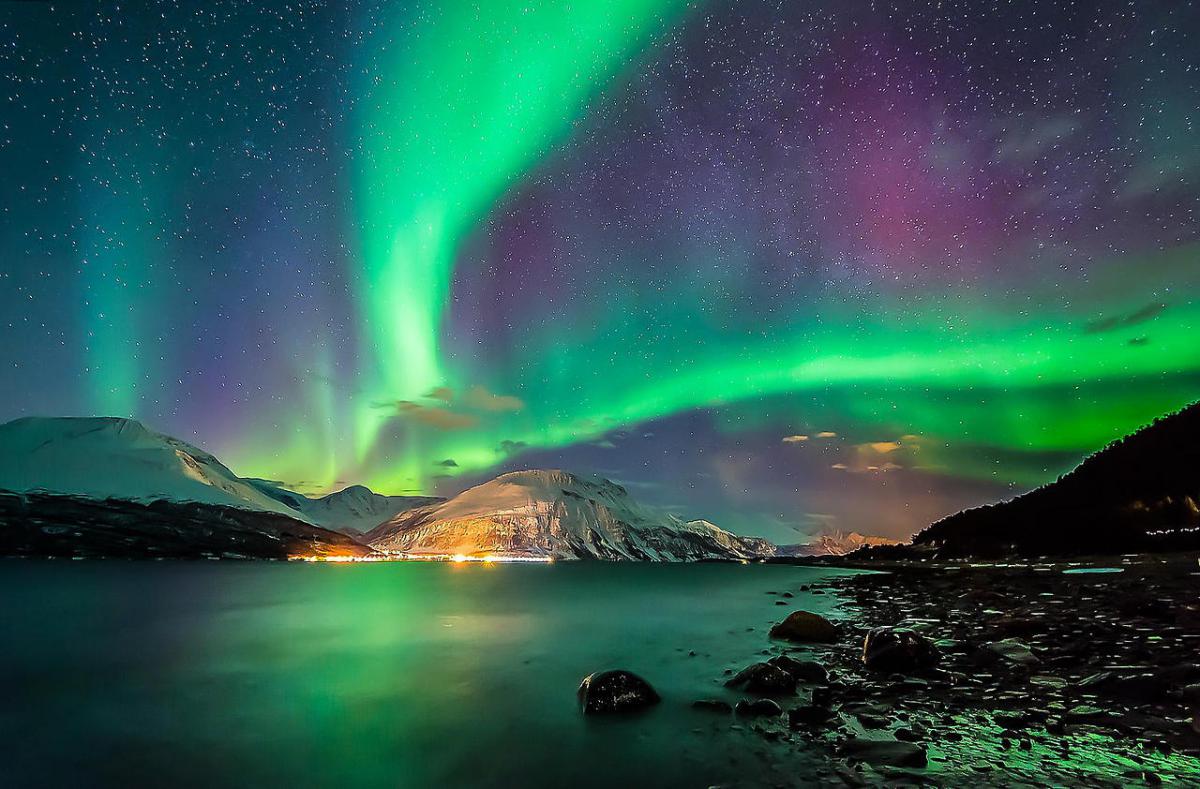
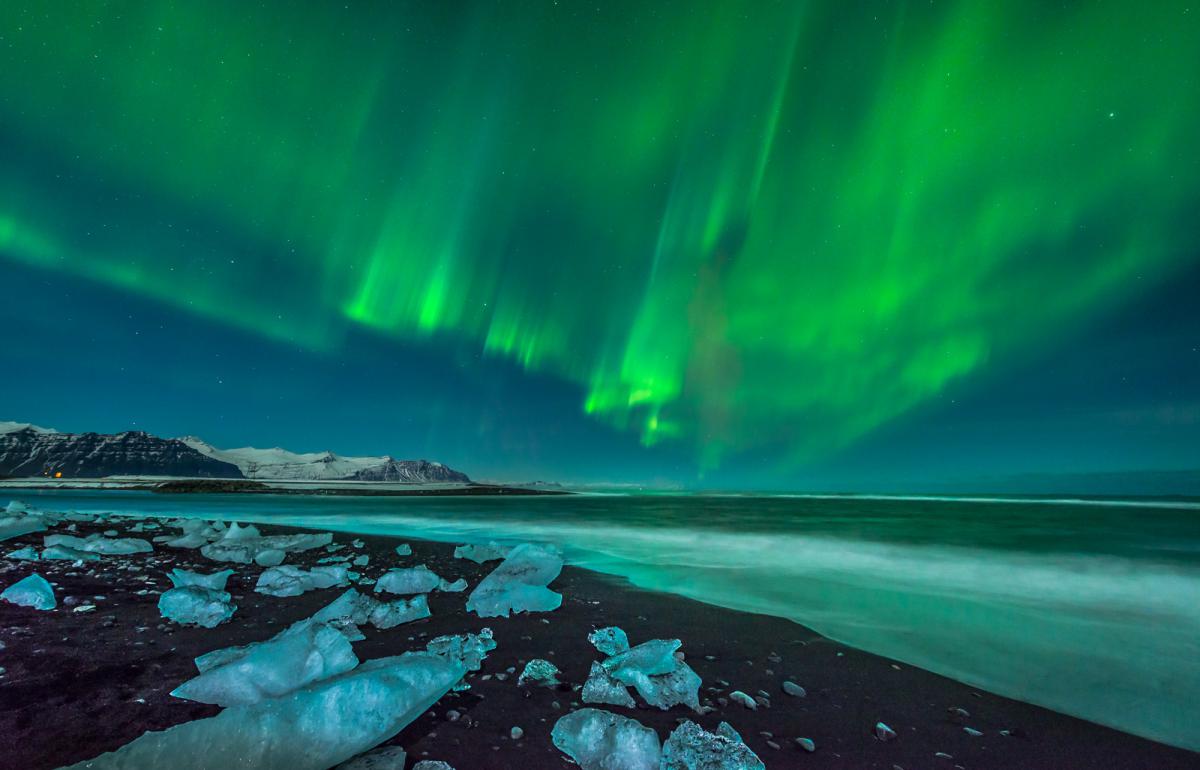
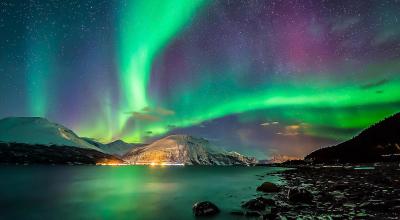
Leave a Reply